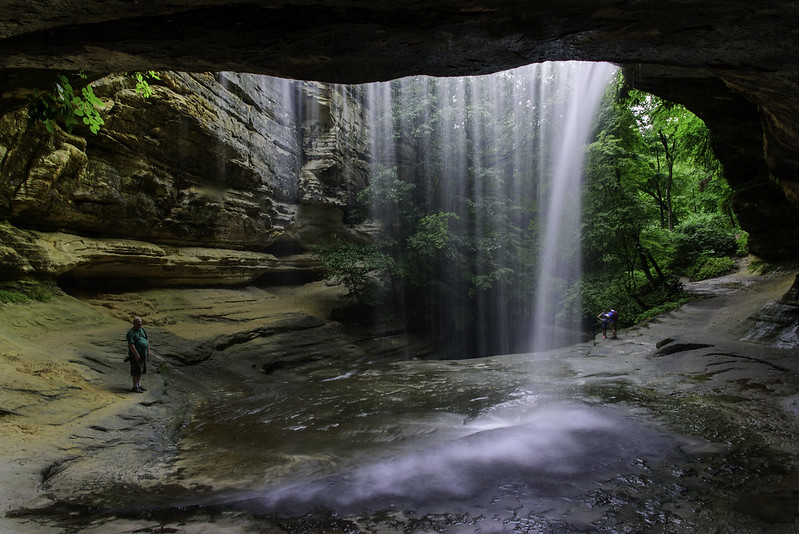
Our hike through Miller Woods continued, as we encountered dozens of ponds and interdunal ponds. The ponds dotted the landscape, in the oak savanna, the woods, as well as the grassy fields. Many varieties of spring flowers were in bloom, adding plenty of color to the mostly green fields.
The trail to the beach was a bit over two miles long, and there was something new to be seen at every turn, and over every hill. I suspect this trail would be perfect for bird watching, judging by the variety of ecosystems and the birds we saw on this day.

Along the trail we noticed quite a few areas where there were dead standing trees. Most were not near any standing water, so I could only guess at the cause. One possibility was that these trees were killed by insects or disease. Perhaps they were ash trees damaged by the emerald ash borer, or oak trees damaged by oak wilt. Another possibility is intentional removal of damaged trees or non-native species - some of these trees had ribbons tied around them, suggesting a mark for removal, treatment, or study.
Larger lakes were encountered during the hike as well, not to mention Lake Michigan, which was our destination on this hike.















































